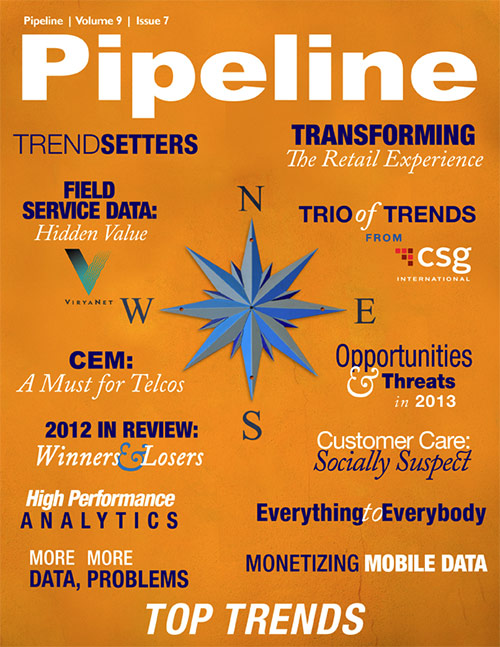Transforming the Retail Experience
Be like Hank
Take the case of Hank. He’s an old-timey butcher in a small, rural butcher shop. Customers love Hank. They love him as much as the product he sells. And they love the experience — from the ring of the bell when they open the door to the rustle of wax paper as he meticulously folds it around his best cuts of meat. They love that he knows their name and their order the minute they walk in. They love the feel of the cold, firm package as he hands it to them, and they rush home in eager anticipation of showing off their latest prize. Hank’s customers don’t even know if he owns the butcher shop or not — but they feel like he does.
The fact is Hank’s customers like and trust him. They refuse to buy their meat elsewhere, and come up with catchy phrases like “If it’s not cut by Hank, it’s just meat.” Hank’s customers are willing to try new things just because he recommends them. And they think of him first when their friends ask where they “got those ribs” or when special occasions arise.
Unfortunately Hank’s a dying breed, as is the old-timey butcher shop. But service providers should want to be like Hank. Service providers’ customers should love their experience as much as, if not more than, Hank’s customers. They should like and trust the people they are dealing with and try new things just because those people recommend them. They should rush home in eager anticipation of showing off their latest prize. Unfortunately, many service providers are missing the opportunity. In fact, some of their customers’ experiences are quite the contrary: customers will come in just to show them how they got it better, cheaper, faster somewhere else.
Hank wouldn’t approve. Be like Hank.
Turning touchpoints into touch screens
Every customer touchpoint is an opportunity to improve the customer experience, but runs the risk of tarnishing it. Many customers and service providers alike feel the best interaction is one with the service provider somewhat absent. But that’s not to say that these service providers aren’t involved: they’ve invested millions in automation and self-service solutions to empower their customers and enhance their experience.
These service providers seem to recognize that the storefront takes many forms, from their call centers to retail centers and websites, and that each interaction point can have, to quote the Eagles, “a peaceful, easy feeling.” One such service provider is BSkyB (Sky).
“Telcos are now starting to think like retailers,” says Ernest Margitta of Tribold. “In the past, communications service providers saw themselves as network operators, but the current market leaders have transformed into media and entertainment companies and now realize that they need to transform their retail experience to compete on that stage.”
Tribold would know, as it is one of the companies helping service providers like CenturyLink, Orange and Sky transform their retail and product experience. At Sky, Tribold is powering its build-your-own-bundle web portal, which enables customers to drag-and-drop services together to create custom service packages that meet their specific needs and budget. The portal is simple, cool, a little fun to use, and simplifies the often too complex process of understanding whether or not a bundle actually includes the specific products the customer wants at the price he or she wants them. It empowers the customer and enables him to personalize his product experience — which, for service providers like Sky, is at the heart of the customer experience. The portal also eliminates a potentially negative touchpoint and ensures that what a customer gets meets their expectations. Similarly, Orange is using Tribold’s award-winning technology to drive touch-screen kiosks at retail centers so that customers can assemble mobile service packages themselves. But it’s not just for retail consumers: enterprise service providers like CenturyLink are seeing the value in empowering the customer experience too.
“The common element is that personalization is at the heart of both consumer and enterprise offerings,” says Margitta. “Consumers are seeking simple, clear product choices that meet their exact needs, while enterprise demands complex network and IT solutions specific to [its] own operating demands. Both of these drivers are leading to a change in the way CSPs engage with their customers around products.”
It takes a village
Tribold has been focused on the product experience for quite some time. Its technology has been at the center of service-provider innovation, and it’s been recognized for this by Pipeline, both editorially and as a recipient of our coveted CommIT award in 2012. However, it takes much more than improved product management to transform a CSP’s customer experience. CSPs have to somehow harness the power of product innovation and propagate it throughout their organization and systems. While Tribold is front and center, the real-time availability of product information to Customer Service Representatives (CSRs), retail centers, websites, billing systems, and CRM is equally important, and couldn’t be accomplished without a strong, active partner ecosystem.



















